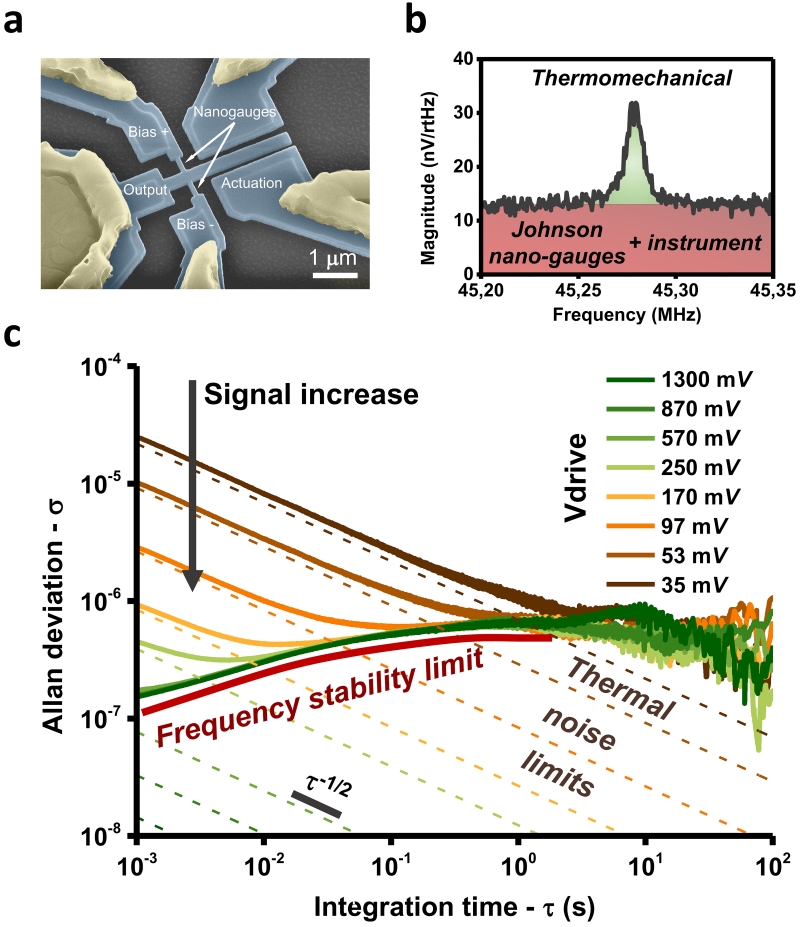Figure 2. The frequency stability of our monocrystalline silicon nanomechanical resonators is limited by a source of noise exceeding thermal fluctuations.
a, Colored SEM image of crystalline Si NEMS resonator used to perform measurements. Typical dimensions are 3.2 μm (length), 300 nm (width), 160 nm (thickness). The piezoresistive nanogauges are typically 1 μm long and 100 nm wide. b, Spectrum of the thermomechanical noise measured in the resonators studied. The noise floor was determined from Johnson noise in the nanogauges and contacts, and noise from the readout instrumentation (lock-in amplifier). Typical quality factors were 5000-7000 at room temperature. c, Allan deviation as a function of integration time, from 1 ms to 100 s. This range was chosen as the response time of the resonator was ms, with a readout instrumentation limit of 50 μs, and because systematic drifts occur after ~100 s (see Supplementary Figure S4). Drive voltage amplitudes were chosen from 35 mV (yielding a Signal-to-Noise Ratio (SNR) of about 62.5 for a measurement bandwidth of 1 Hz) to 1.3 V (yielding a displacement of about half the onset of non-linearity, see Supplementary Figure S3). The bias voltage amplitude was maintained constant at 1.5 V. The dashed lines indicate the expected stability from the output signal at each drive voltage and the total additive noise in the system, as measured in panel b), see equation (1). The red line is a visual guide, highlighting the experimentally measured lower bound for frequency stability. This bound is several orders of magnitude higher than the expected one.

